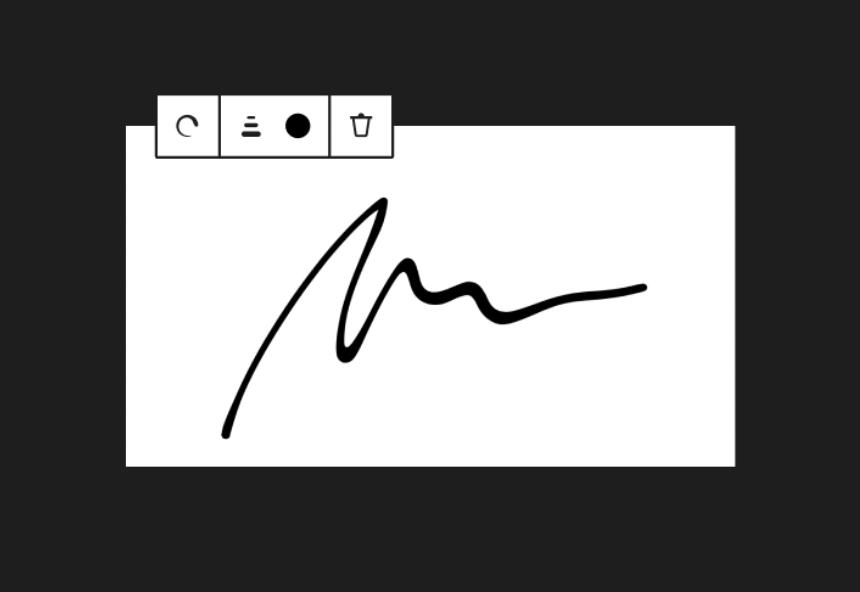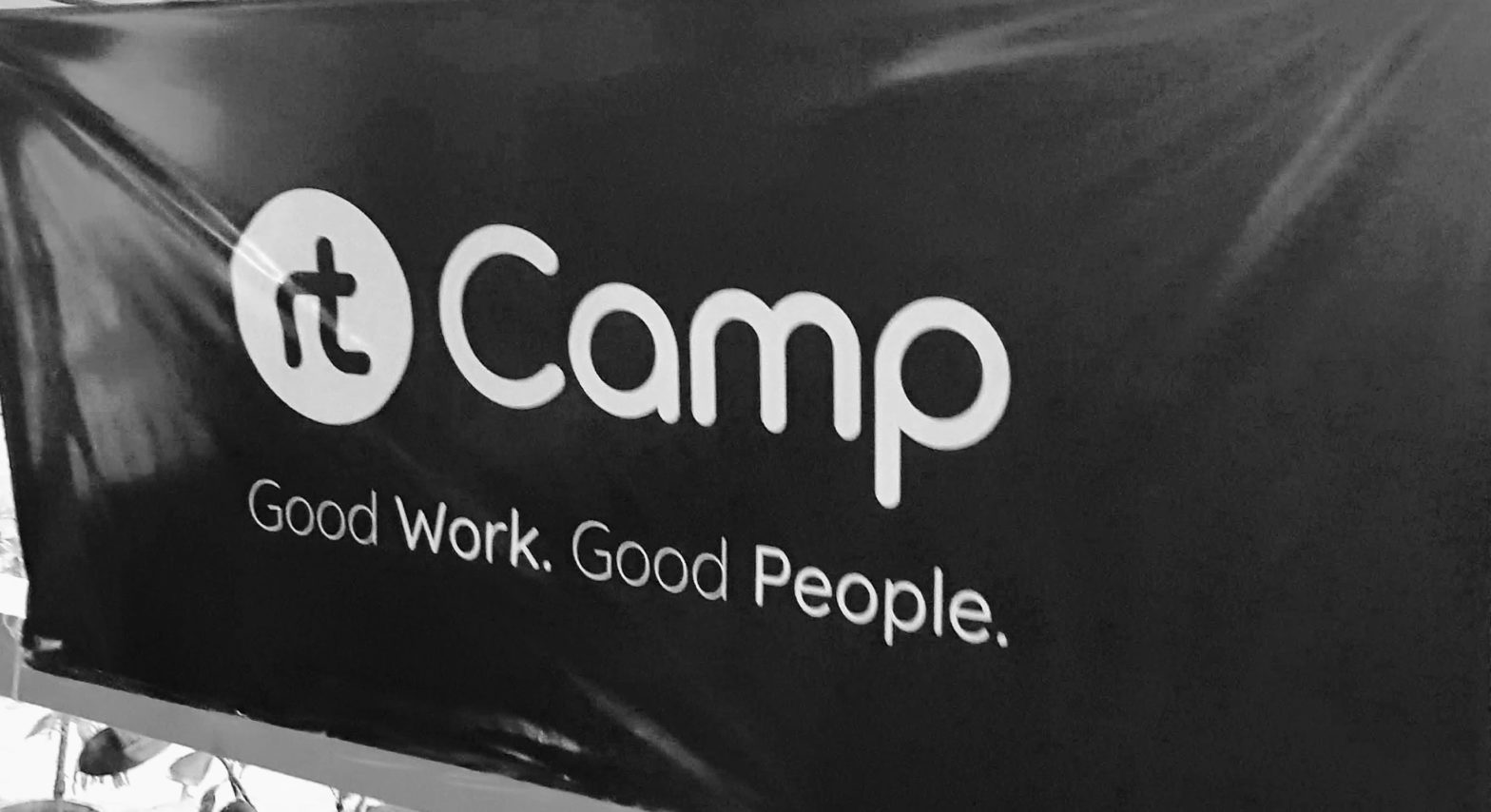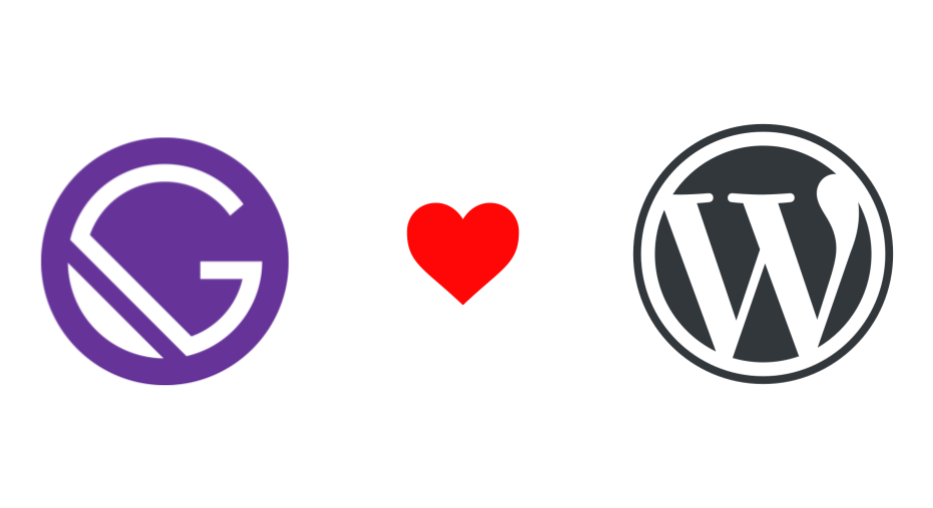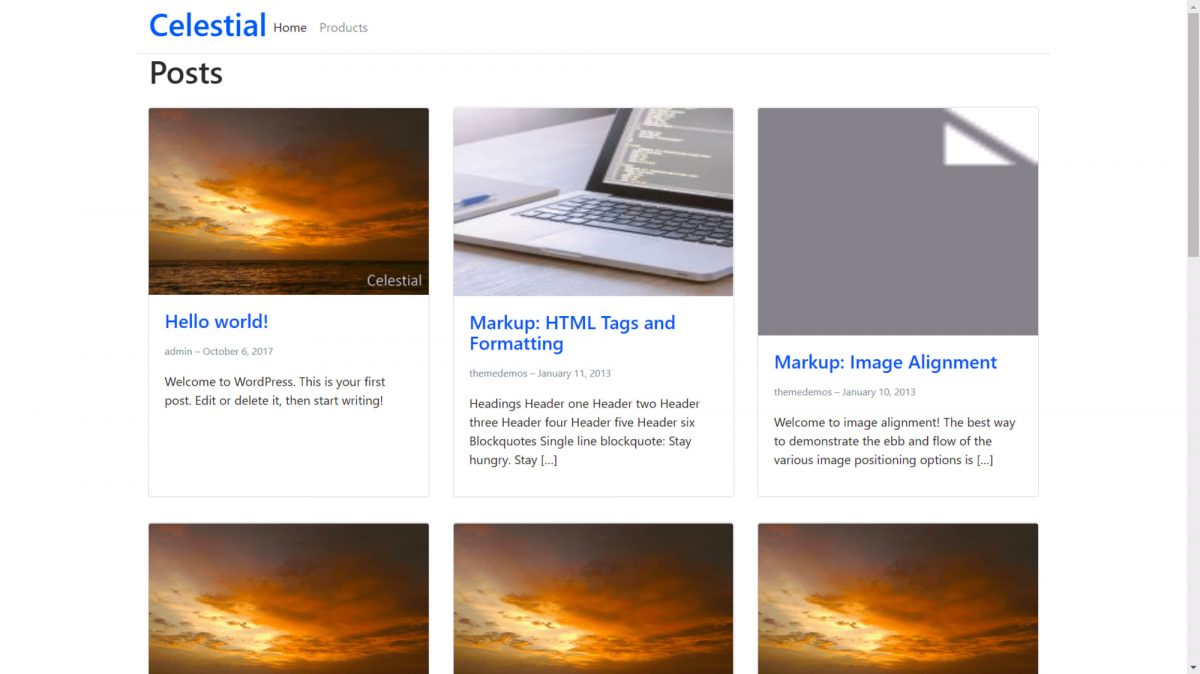Tag: WordPress
-

Create a “mini-app” using Core Gutenberg Blocks and some JavaScript
Before developing a custom WordPress block, consider your site’s needs against the investment required. Core blocks, augmented with custom JavaScript, can often meet customization needs efficiently.
-

What Makes up a Gutenberg Developer?
What makes up a Gutenberg Developer. In this, we discuss the anatomy, mindset, and skills required to become one.
-

Hello Sketch Block
Hello folks 👋 This is me trying the new Sketch Block from the Gutenberg Block Experiments project.
-

Doing good work with good people
I have spent 2 years of my career with rtCamp. Here’s a summary of the joyous experience of life at rtCamp.
-

-

Gatsby and WordPress – best friends or foes?
Let’s talk about how Gatsby can complement WordPress really well.
-

How To Build A Skin For Your Web App With React And WordPress
This is an article written by me for Smashing Magazine five days ago. It’s about building a WordPress theme and store using React. So you’ve trained yourself as a web engineer, and now want to build a blazing fast online shop for your customers. The product list should appear in an instant, and searching should…
-
Shortcodes and Meta Boxes in developing a WordPress theme
I was fortunate to attend the meetup #4 titled ‘Meta boxes and Short Codes for Theme Development’. This event was organised by the WordPress Colombo Meetup group and held on 21 July 2016 at JKCS Auditorium, Colombo.
-
WordPress Colombo
Ever since I started out with mtwoblog.wordpress.com I have been fascinated by the whole WordPress ecosystem. Among many factors like the platform, the themes, the plugins, it also largely includes the active, growing community behind WordPress. One such community is WordPress Colombo which is essentially a group of WP enthusiasts in Sri Lanka on meetup.com.